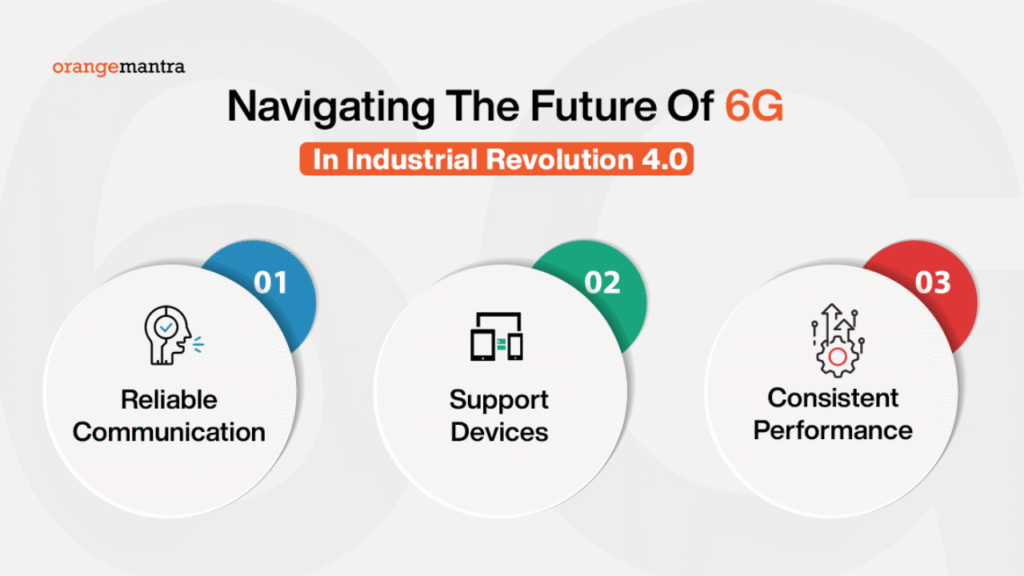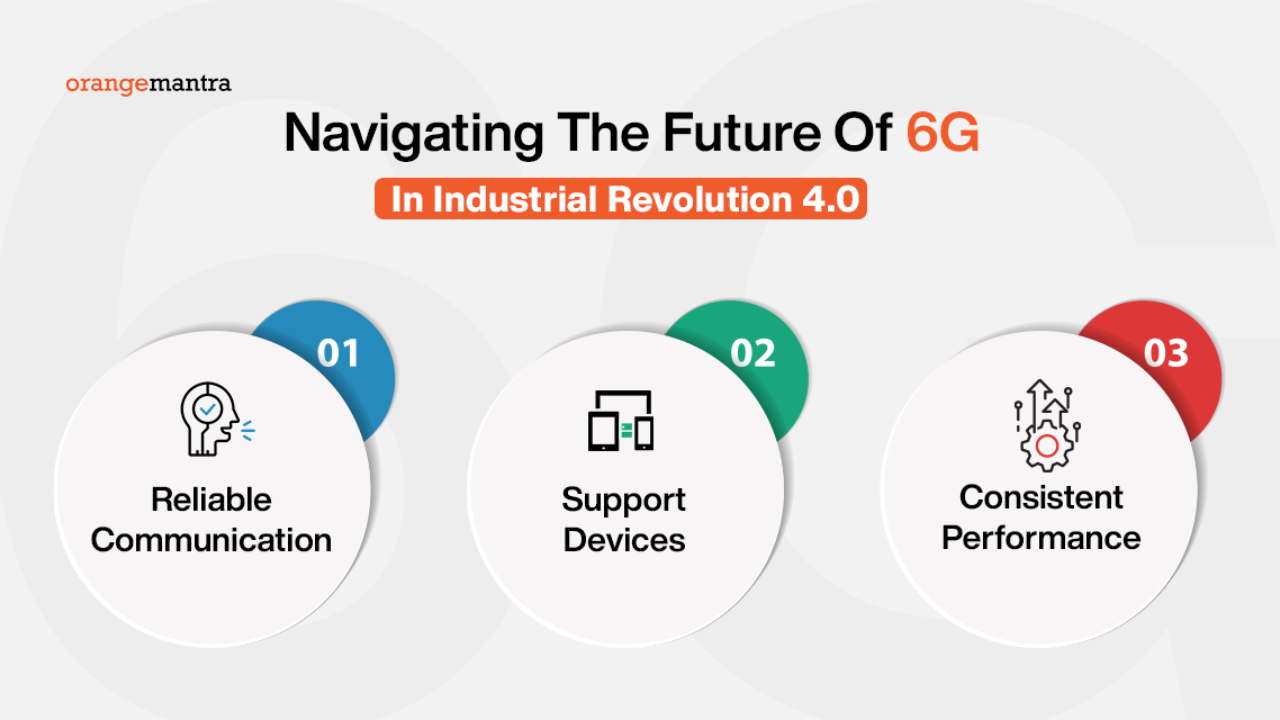
As the world still adapts to the rollout of 5G technology, the next generation of wireless communication — 6G — is already in development. Promising unimaginable speeds, near-zero latency, and hyperconnectivity on a global scale, 6G is expected to become the backbone of future digital life. From immersive holographic communication to real-time digital twins and autonomous systems, 6G will not just improve connectivity — it will revolutionize how we live, work, and interact.
With major tech companies and governments already investing billions in research and standardization, the race to develop 6G is officially underway, and its impact will be felt across every industry and aspect of society.
Overview: The Future of 6G Connectivity
| Key Features | Details |
|---|---|
| Expected Launch | Around 2030 (commercial rollout) |
| Top Speeds | Up to 1 Tbps (Terabit per second) |
| Latency | Less than 1 millisecond |
| Key Technologies | AI-native networks, THz spectrum, quantum communication |
| Primary Use Cases | Holographic calls, smart cities, remote surgery, digital twins |
| Leading Developers | Samsung, Huawei, Ericsson, Nokia, LG, China, U.S., EU |
What Is 6G?
6G refers to the sixth generation of mobile wireless networks, expected to succeed 5G by the end of this decade. While 5G brought enhanced mobile broadband, ultra-reliable low-latency communication, and massive IoT support, 6G will take all these to the next level, pushing boundaries in both speed and intelligence.
6G will operate on the terahertz (THz) spectrum, which enables data transmission rates up to 100 times faster than 5G. But it’s not just about speed. 6G networks will be AI-driven, self-optimizing, and capable of integrating physical, biological, and digital worlds — laying the foundation for a truly connected future.
Core Benefits of 6G
6G will not merely enhance existing technologies — it will enable entirely new capabilities that were impossible with 5G. Here are the primary benefits:
- Ultra-High Speed: Data transfer rates approaching 1 Tbps will support instantaneous content sharing and large-scale real-time simulations.
- Extremely Low Latency: Latency of less than 1 millisecond will enable real-time control of remote machines, vehicles, and medical tools.
- Massive Device Connectivity: 6G could connect over 10 million devices per square kilometer, supporting dense IoT environments.
- AI-Driven Networks: Self-learning systems will optimize performance, detect faults, and manage network resources autonomously.
- Global Ubiquity: Satellite integration will ensure that even the most remote regions have seamless access to the network.
How 6G Will Impact Industries
6G will redefine not just connectivity, but entire industries, unlocking futuristic applications and services that rely on real-time, high-volume data exchanges.
| Industry | 6G Impact |
|---|---|
| Healthcare | Real-time remote surgeries, AI diagnostics, immersive medical training |
| Manufacturing | Digital twins, predictive maintenance, fully autonomous smart factories |
| Education | Holographic learning, personalized AI tutors, global virtual campuses |
| Transportation | Ultra-precise navigation, cooperative autonomous vehicle networks |
| Entertainment | 16K streaming, augmented and virtual reality at scale, tactile internet |
| Defense & Security | Encrypted quantum communication, real-time battlefield data analysis |
Key Technologies Enabling 6G
The development of 6G will rely on an ecosystem of breakthrough technologies:
- Terahertz (THz) Communication: Enables ultra-high-speed wireless data transmission over short distances.
- AI-Native Networking: Artificial intelligence will be integrated at every layer of the network to enhance automation and adaptability.
- Reconfigurable Intelligent Surfaces: Smart surfaces will dynamically manage signal propagation and optimize wireless environments.
- Quantum Communication and Sensing: Ensures ultra-secure data exchange and ultra-sensitive detection systems.
- Satellite and Aerial Integration: High-altitude platforms and low-earth-orbit satellites will extend 6G coverage globally.
Global 6G Initiatives
Several countries and corporations are already leading the charge in 6G research and standardization:
- China: Launched the world’s first experimental 6G satellite in 2020 and leads many patent filings.
- United States: DARPA and the Next G Alliance are driving public-private 6G development efforts.
- Europe: The Hexa-X project, funded by the EU, is coordinating 6G vision and architecture research.
- South Korea: Samsung and LG have announced plans to commercialize 6G networks by 2028.
- Finland and Japan: Investing in research on quantum communication and ultra-dense networks.
Timeline to 6G
While 6G is still in its early research phase, development is progressing rapidly.
| Year | Milestone |
|---|---|
| 2023–2025 | Research and early testbeds |
| 2026–2028 | Standardization, prototypes, and early trials |
| 2028–2030 | Pre-commercial deployment in select regions |
| 2030 Onwards | Global commercial rollout and mainstream adoption |
Challenges to Overcome
Despite its potential, several challenges must be addressed before 6G becomes a reality:
- Energy Consumption: Terahertz signals consume more power, making energy-efficient design essential.
- Hardware Limitations: Devices need new antennas, sensors, and processors to handle THz signals.
- Security Risks: With more devices and more data, cybersecurity measures must evolve in parallel.
- Spectrum Regulation: Global coordination is needed to allocate and regulate THz frequency bands.
- Cost and Accessibility: Making 6G infrastructure economically viable and globally inclusive will be critical.
What Sets 6G Apart from 5G?
| Feature | 5G | 6G |
|---|---|---|
| Top Speed | ~10 Gbps | Up to 1 Tbps |
| Latency | ~10 milliseconds | <1 millisecond |
| Bandwidth | Sub-6 GHz / mmWave | Sub-THz / THz |
| AI Integration | Partial | Native, embedded in network architecture |
| Network Density | ~1 million devices/km² | ~10 million devices/km² |
Frequently Asked Questions
1. When will 6G be available?
6G is expected to be commercially deployed around 2030 after standardization and trials.
2. How fast will 6G be compared to 5G?
6G could be up to 100 times faster than 5G, reaching speeds of up to 1 terabit per second.
3. Will 6G make current devices obsolete?
Yes, 6G will require new devices with compatible hardware capable of operating at THz frequencies.
6G is not just a faster version of 5G — it represents a fundamental leap toward intelligent, immersive, and universal connectivity. From transforming cities into intelligent ecosystems to powering the next generation of AI applications, 6G will form the digital backbone of the 2030s and beyond. The countdown to a new connected era has already begun.

